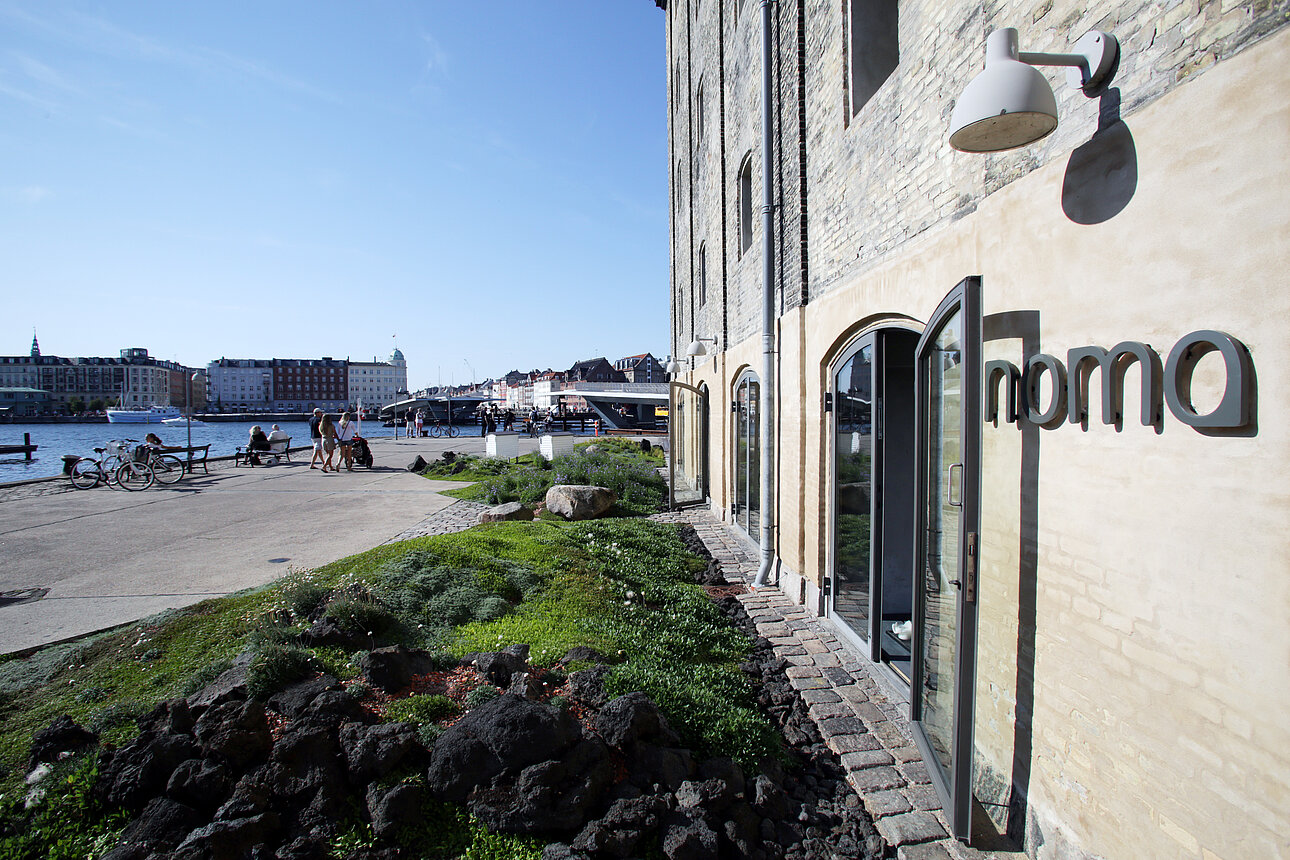Of all the restaurants in all the world, it’s an unimaginable feat to earn the distinction of the world’s best restaurant — but famed Danish institution Noma has done it not once, but multiple times.
Since opening in 2003, the Copenhagen-based eatery has nabbed the number one spot on William Reed’s The World’s 50 Best Restaurants list five times and landed in second or third place four additional years.
Noma is best known for the groundbreaking creations of chef René Redzepi, which include innovative dishes like celeriac shawarma, reindeer brain custard with bee pollen, and The Snowman, a dessert that calls for more than two dozen ingredients and includes instructions like submerging portions in liquid nitrogen.
The combination of a focus on foraging, advanced cooking techniques, and a bit of innovative madness (Noma is rumored to be a portmanteau of “Nordic” and “mad”) put Noma on the map, earned it three Michelin stars, and made it the focus of many a copycat worldwide.
So why is this gastronomic powerhouse closing its doors, and what does it mean for the food industry?
Find more trends in our weekly newsletter HERE
Noma Announces Intentions to Close
In early January, Noma made the surprise announcement that it would close its doors by the winter of 2024. As one of the most influential restaurants of the last two decades, this news was understandably shocking to the public, although not so much to some industry insiders. What caused the seemingly sudden move?
Redzepi has been quoted as saying of the business that “it’s unsustainable,” and there are several substantial reasons for this concern.
Although the 12-seat restaurant books up months in advance, it’s not cheap to create the world’s most innovative recipes. Patrons pay a tidy sum for transcendent meals, but dishes still feature rare and costly ingredients and require an army of staffers to create.
It certainly doesn’t help that half of Noma’s staff is made up of unpaid interns, a practice that’s becoming more unfashionable by the minute. What’s more, Redzepi faces pressure to outshine his previous accomplishments over and over, as a matter of course.
Even with all of these challenges, Noma isn’t vanishing completely. Think of the closure as a brilliant phoenix, burning to ashes only to emerge anew as Noma 3.0.
What’s Next for the Danish Icon?
The rebirth of this Scandinavian darling, slated for 2025, is billed by the owner as “a pioneering test kitchen” that is committed to innovation and developing brand-new flavors.
Redzepi plans to travel, taste, and innovate, with an eye toward creating product lines, hosting classes, and offering occasional Noma pop-ups to share innovations.
What Does the Move Mean for Fine Dining Worldwide?
The widely acknowledged (if rarely spoken) truth is that world-class dining is, to an extent, an unsustainable prospect, as Redzepi admitted. Even a renowned establishment like Noma requires incredible resources and constant innovation, not to mention some amount of public fervor.
It’s hard to say whether this move represents a larger shift in the restaurant industry. There will always be people willing to pay for exclusivity, but is that enough to keep the doors open at elite dining establishments that have modeled themselves after innovators like Noma?
Will other chefs follow suit and give up the daily hassles of running a commercial kitchen in favor of launching test labs that allow for greater focus on exploration and development — and alternative income opportunities? Will the status quo continue to shift in favor of paid versus unpaid staffing?
It’s hard to predict the ripple effects of Noma’s announcement, but as the post on the restaurant’s Instagram page cryptically stated, “To continue being Noma, we must change.” It will be interesting to see how many of the establishment’s contemporaries feel the same way.
To learn more about our products and insights, get in touch with our team at Symrise today, Contact us here!





